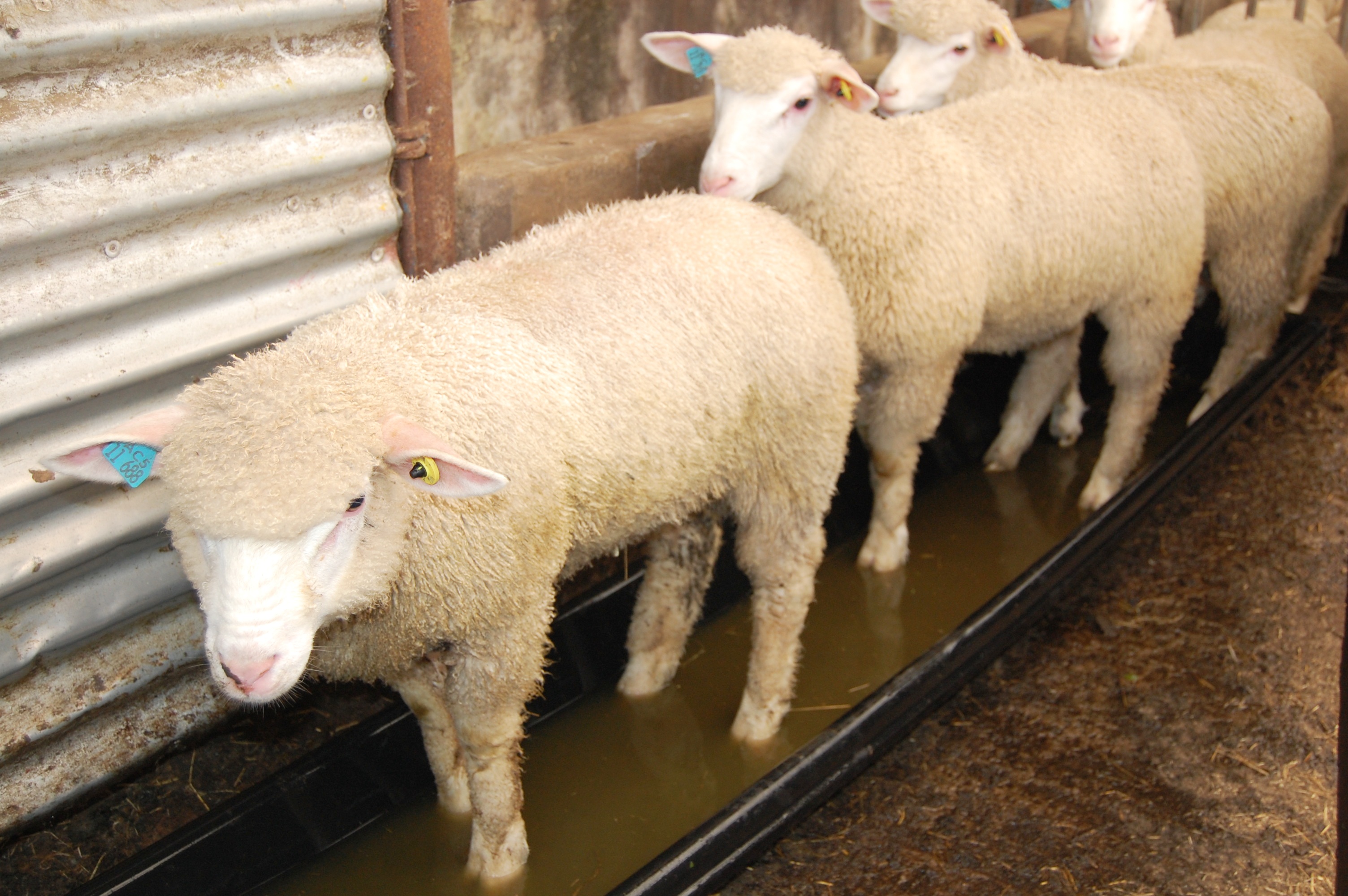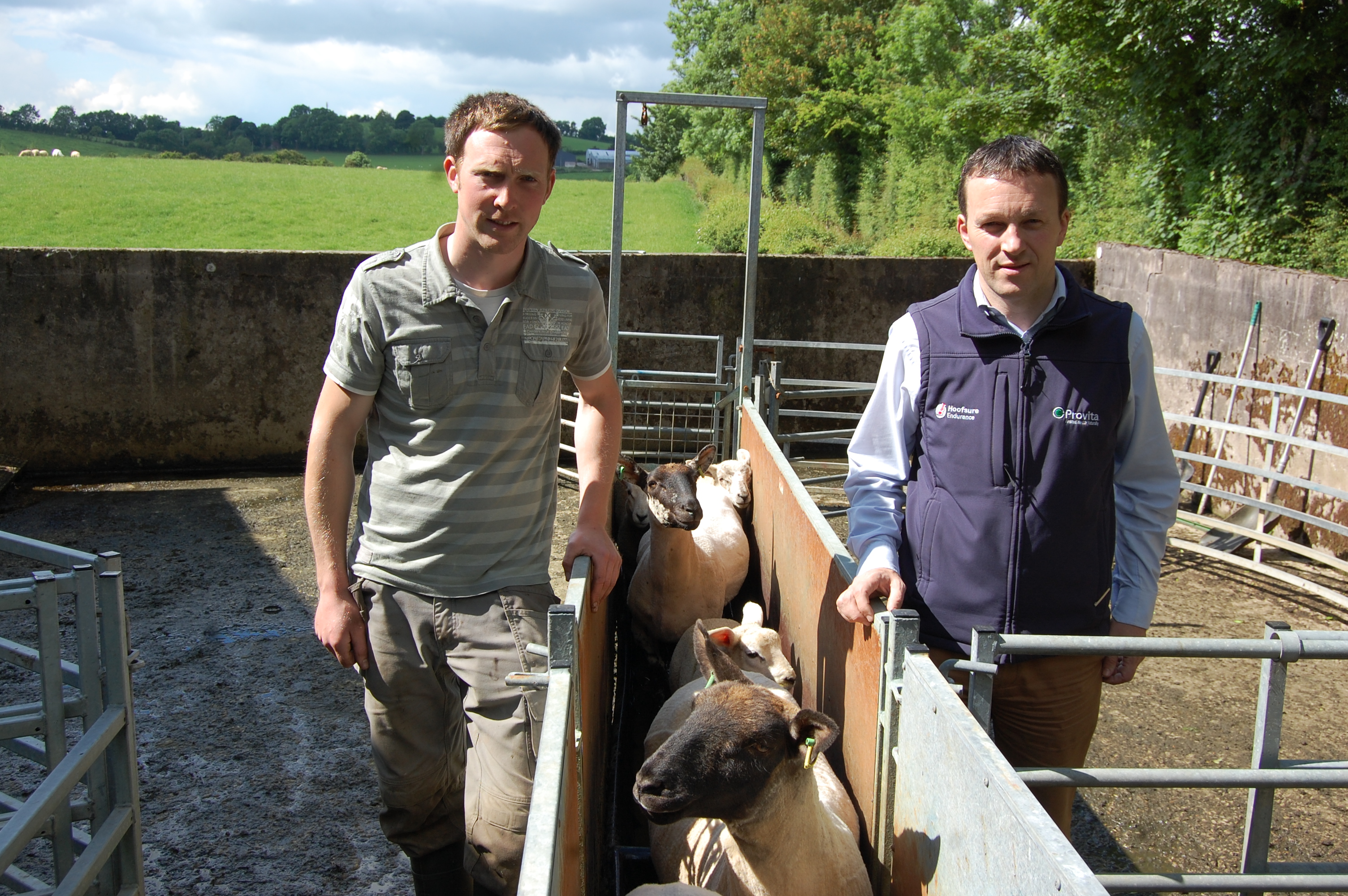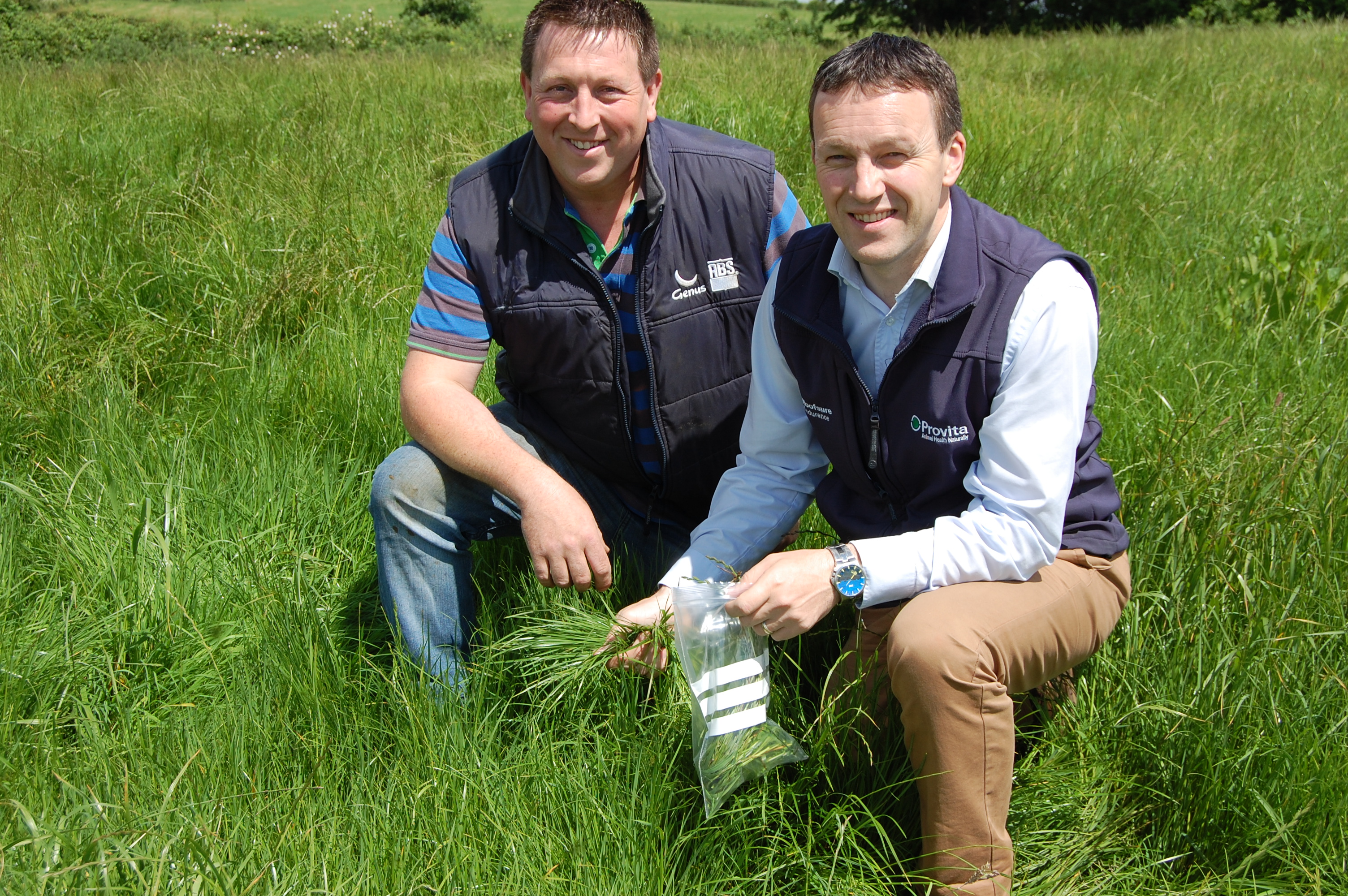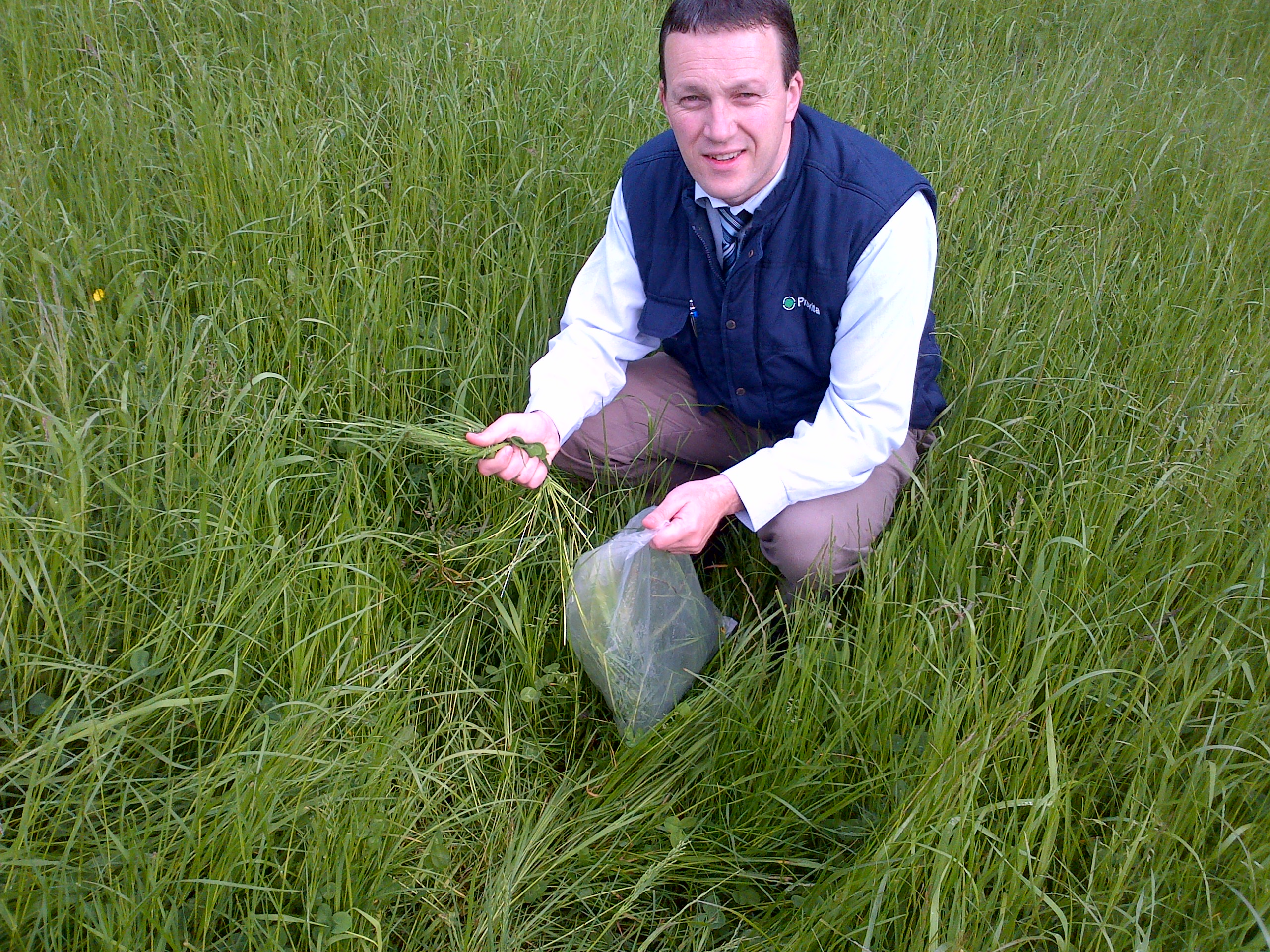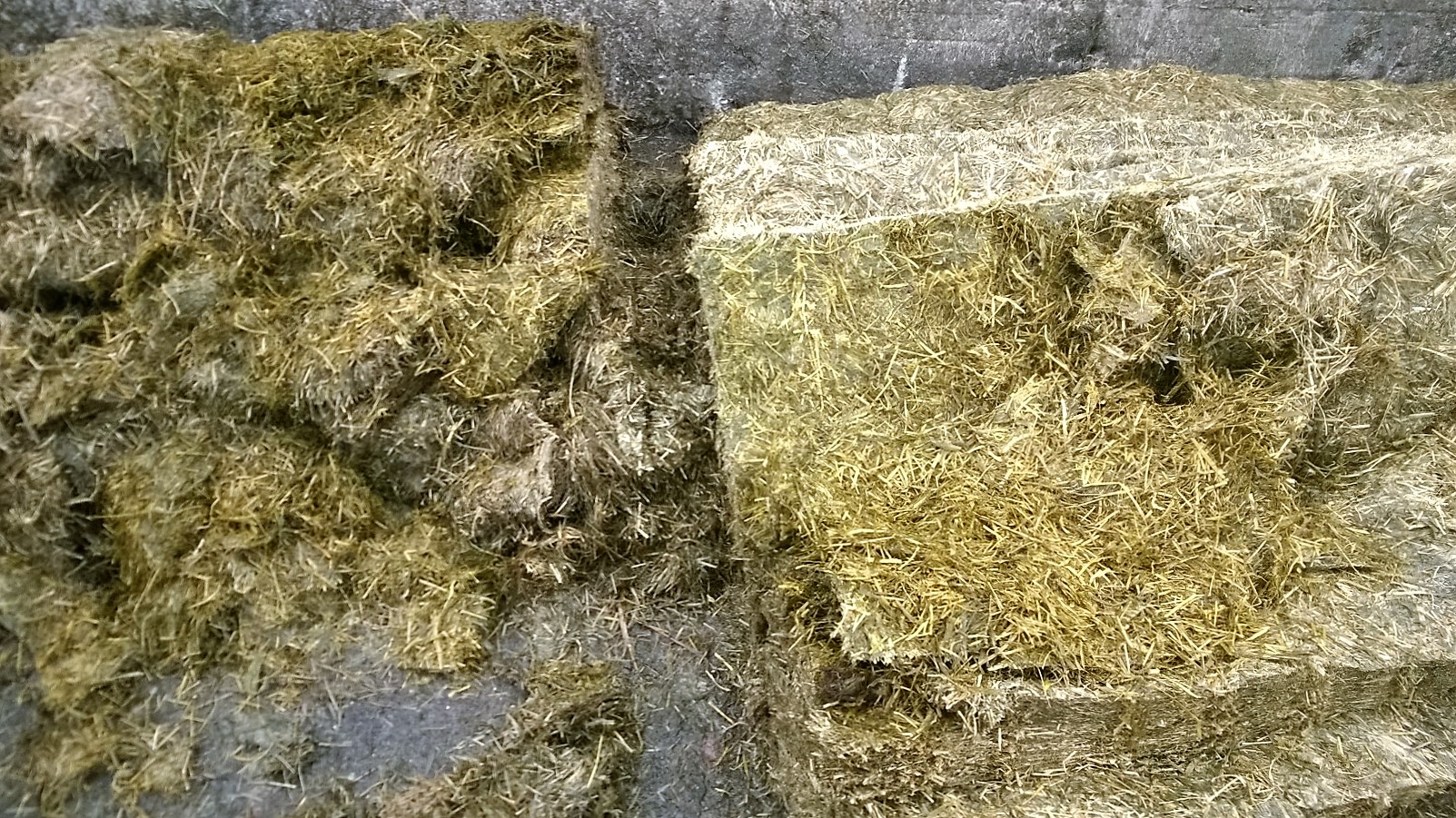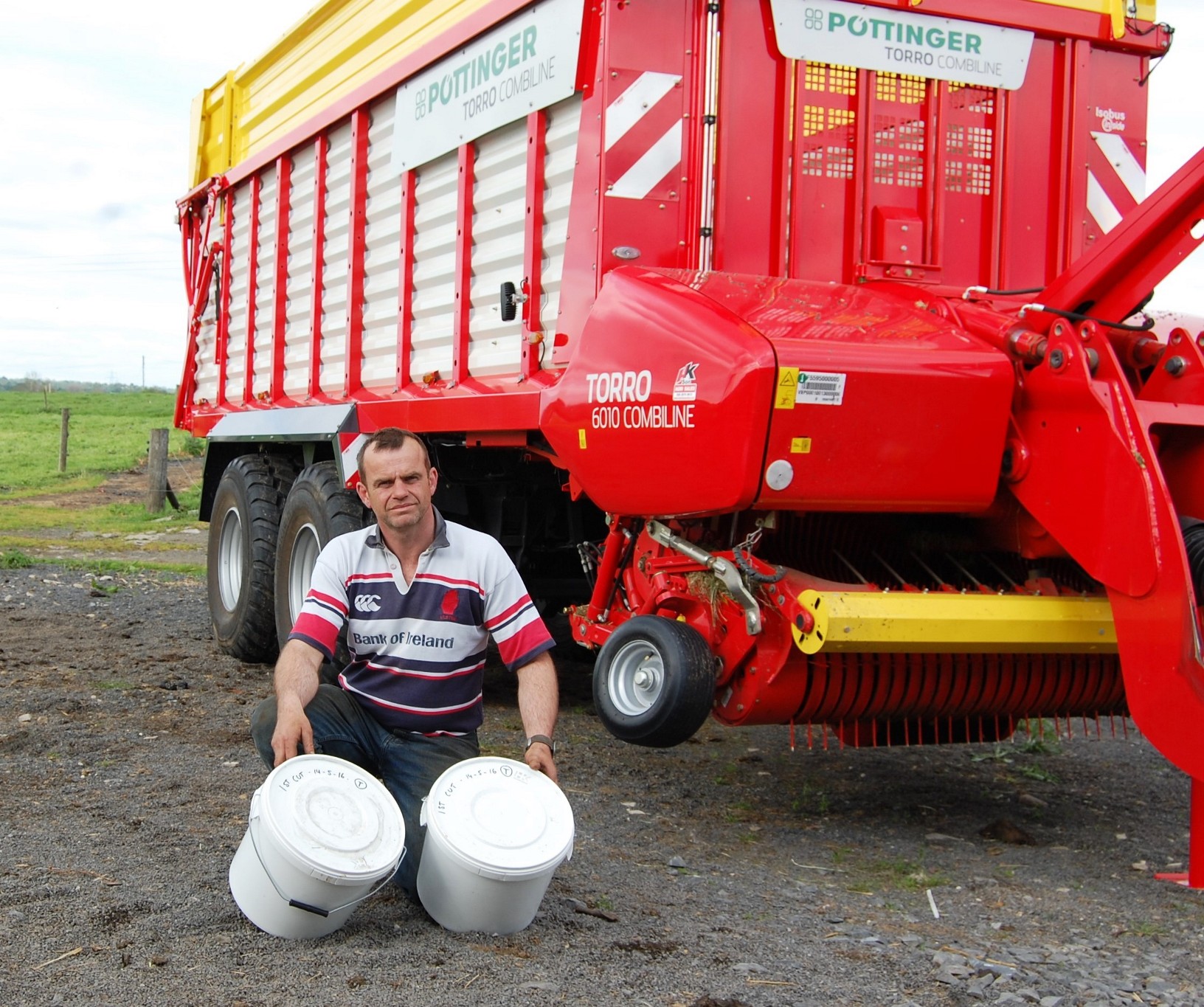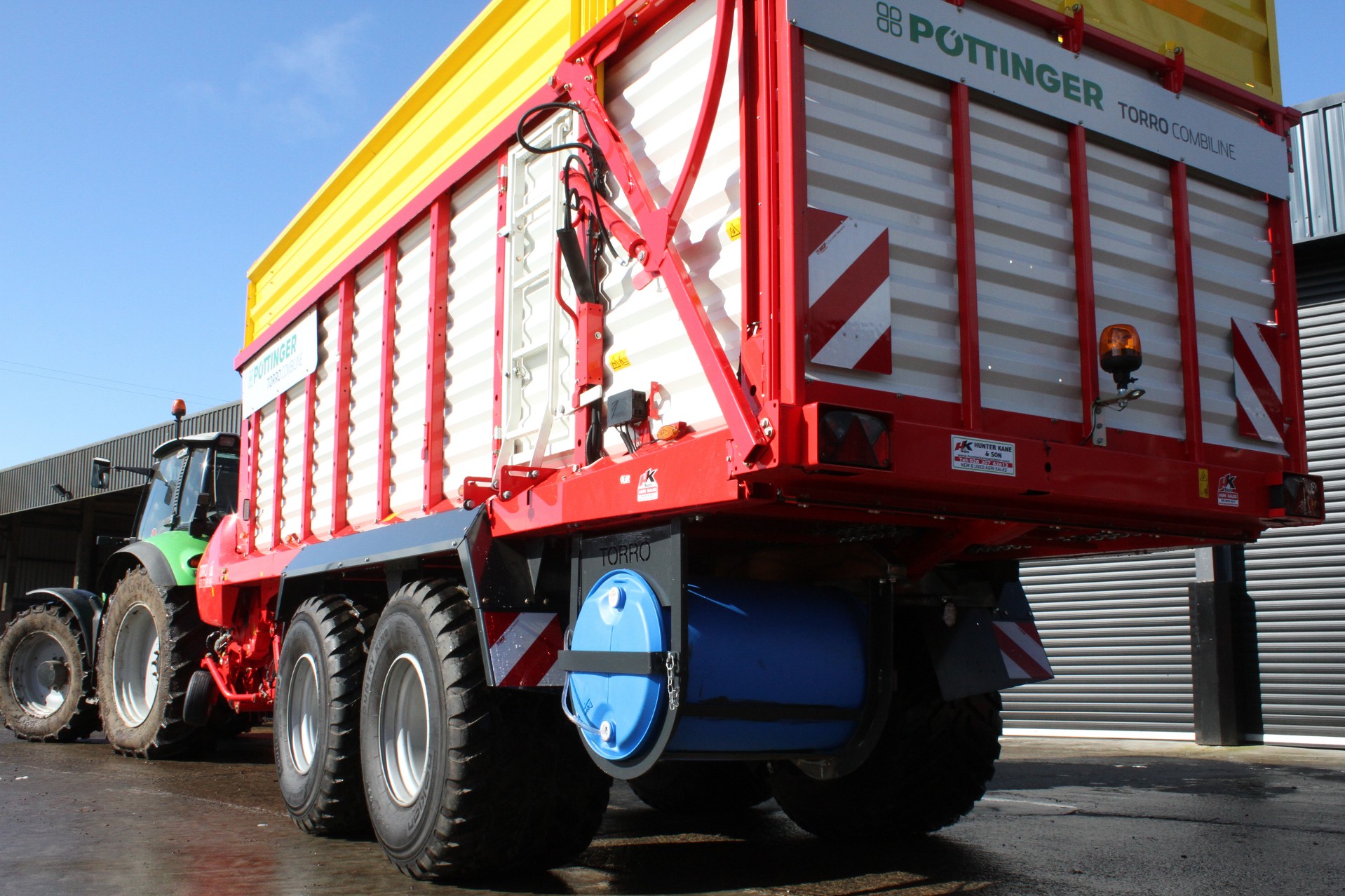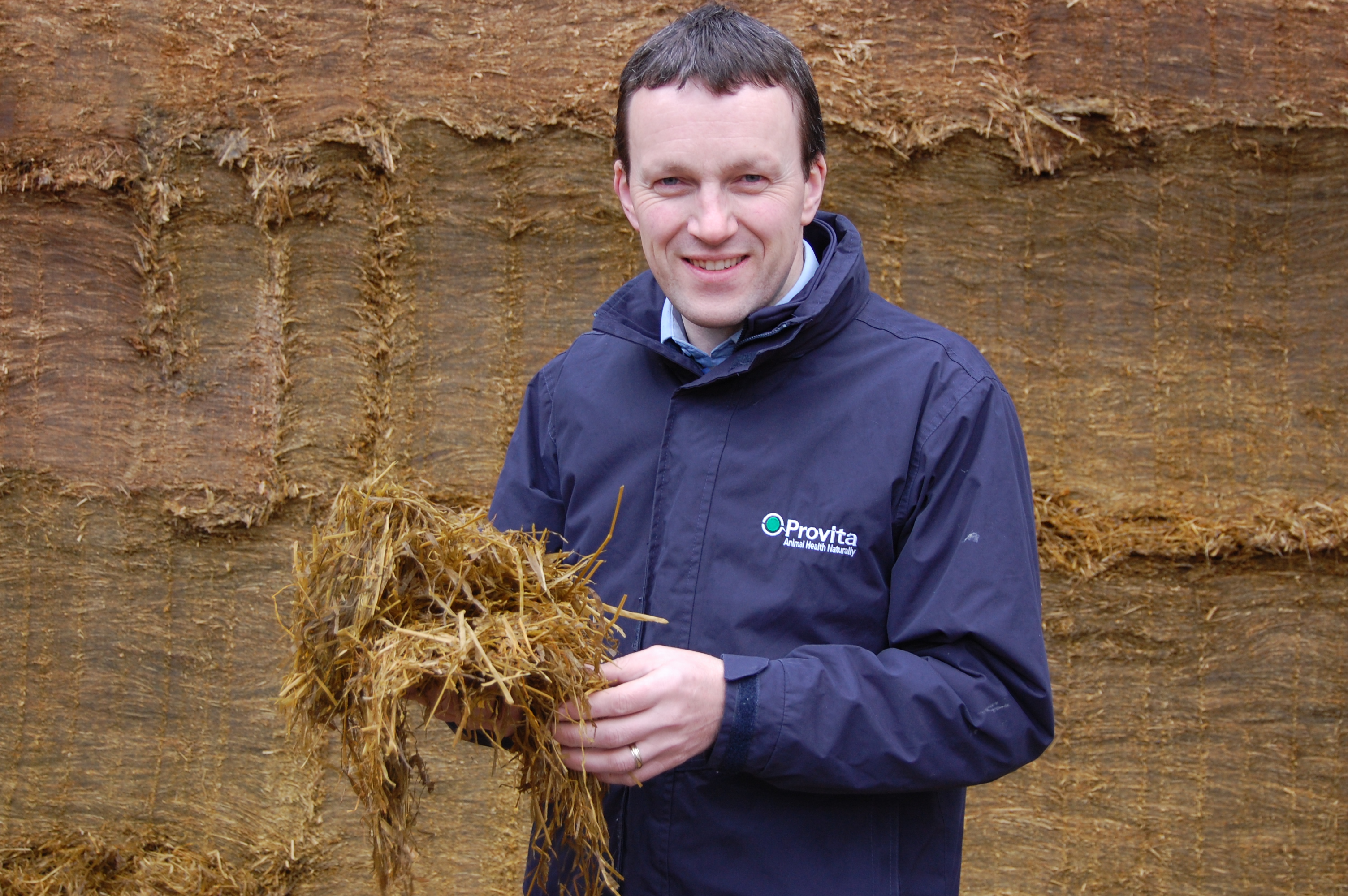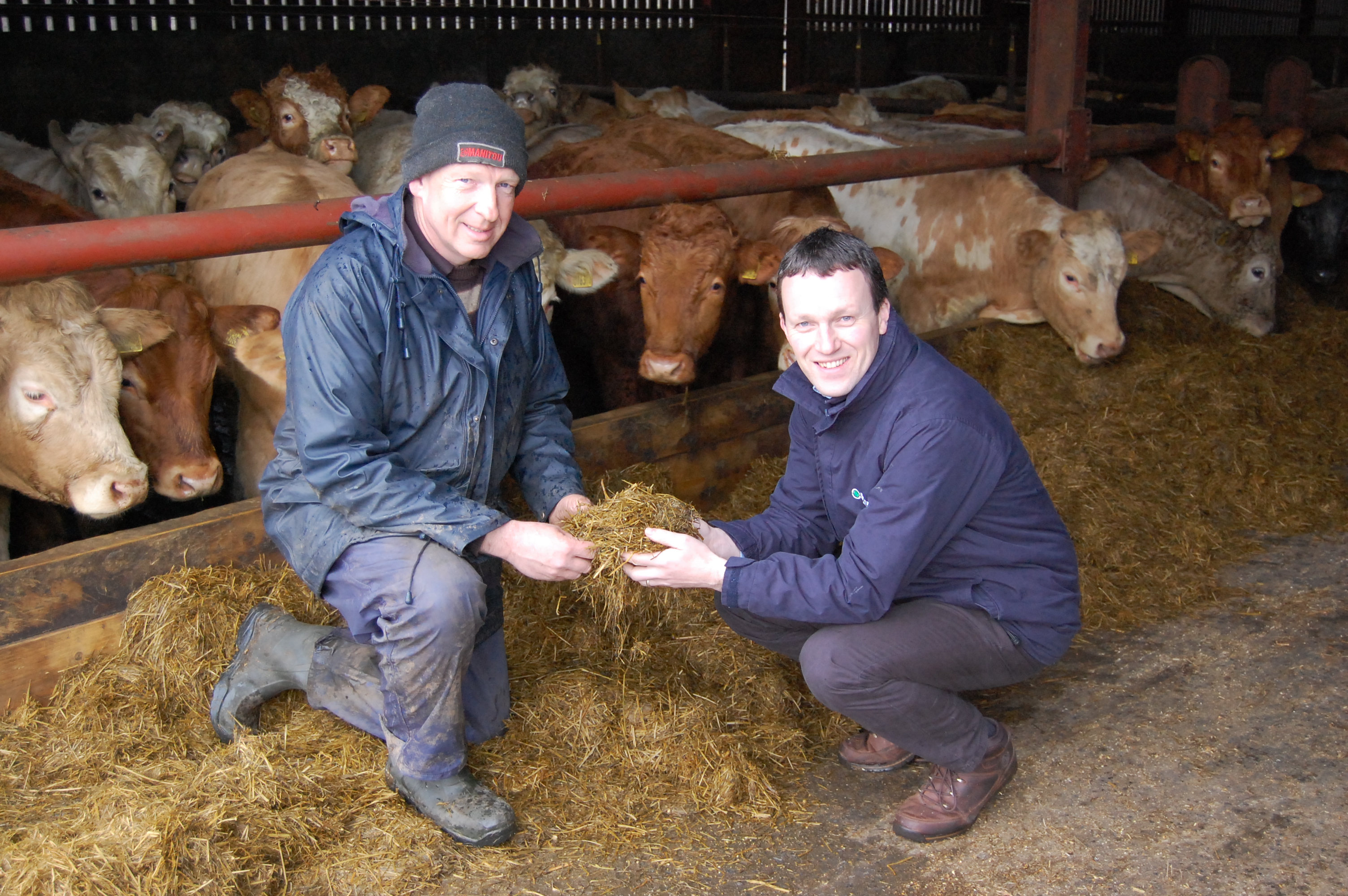Provita has confirmed that it is to host a series of sheep lameness talks over the coming weeks. Two venues and dates have been confirmed. The first will take place in Markethill Sale Yard on Wednesday June 29th, commencing at 6.00pm. The address is Markethill Sale Yard, 12 Cladymilltown Road, Armagh, BT60 1RS. The following day, Thursday June 30th, two events will be hosted by Carrickfergus flockowner Edward Adamson. The address for this event is 6 Fort Road, Killroot, Carrickfergus, Co Aantrim, BT38 9BS. The planned starting times are 1.00pm and 6.00pm. Other dates and venues will be confirmed shortly.
World Buiatrics Congress 2016
The World Buiatrics Congress brings together experts in cattle health and production systems. This year from July 3rd to July 8th the congress will be held in the Convention Centre, Dublin, Ireland. Come and meet the Provita team at stand number B8. For more information on the congress follow the link: http://www.wbc2016.com/

